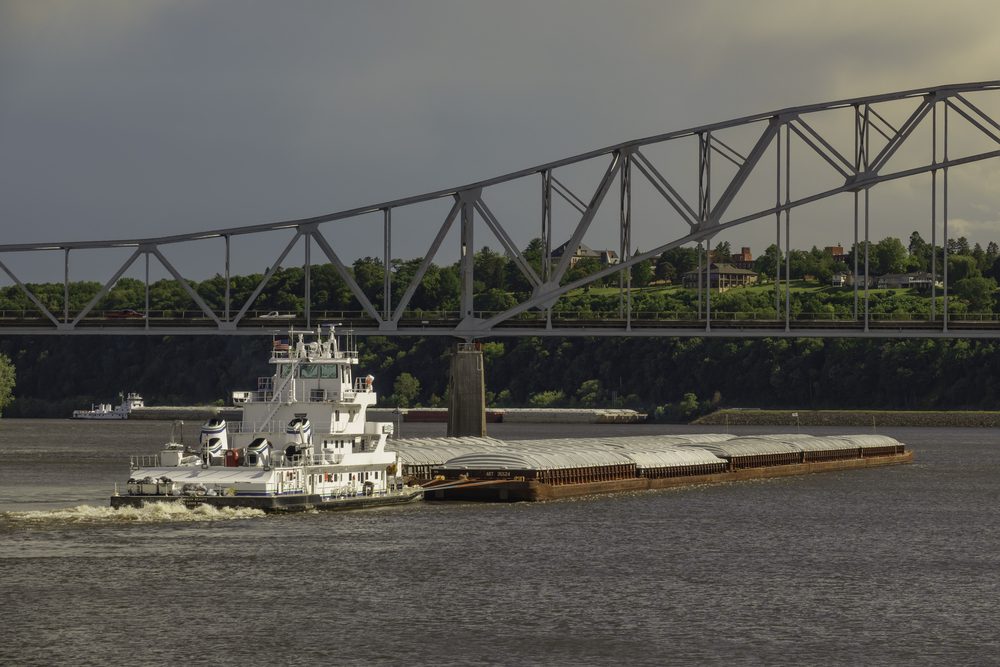Image (c) Rob Almeida/gCaptain
Rolls-Royce is working with B9 Shipping to develop a ship with a capacity of 4,500 tonnes that will be primarily powered by a 180-foot sail, with bio-methane engines providing additional power.
“We’re at the dawn of a transition,” said Oskar Levander, vice president for innovation at Rolls Royce’s marine unit.
The industry has been discussing for some time the possibility of embracing alternative fuels and power sources; Levander predicts a switch to alternative fuels such as dimethyl ether and liquid natural gas, as well as high-tech wind.
Diane Gilpin, project leader at Rolls-Royce’s partner B9 Shipping, which has pioneered British innovation in wind-powered shipping, pointed out to Bloomberg that trimmer designs and innovative power systems could more than offset the extra cost with a potential 55% efficiency gain.
The vessel will measure 330-feet long and be powered mainly by a sail hoisted using an automated rig. The sail and Rolls-Royce engine could be used together for optimal efficiency.
The free-standing and free-rotating system has no rigging and comprises numerous relatively small sails that are operated electronically from the bridge. This allows them to be trimmed quickly to maximise wind power and turned out of the wind in the event of sudden squalls.
Spurring the push towards a cleaner shipping industry are International Maritime Organization (IMO) sulphur caps, in the form of Emission Control Area (ECA) regulations that are already compelling ship owners to switch to cleaner but pricier grades. Thus far, a key way forward rather than investigating alternative fuels has been through investment in ‘scrubber’ technology, which can have an ROI of as little as one year.
The aforementioned hybrid design meanwhile, despite increased capital costs, is reported to have an ROI of around three to five years within the ship’s three-decade lifespan.
“Operational budgets are trumping build costs at the moment,” said Gilpin. B9 is currently seeking 15 million pounds ($22 million) of funds needed to put a ship in the water within two years, and to help win backers, it’s offering to package orders with bio-fuel costs guaranteed by its sister unit.
However, regardless of initial costs, designers believe wind power can be a viable alternative for small, slow-moving ships that weigh between 3,000-10,000 tons, which works out to about 20% of the world’s cargo fleet.

 Join The Club
Join The Club











